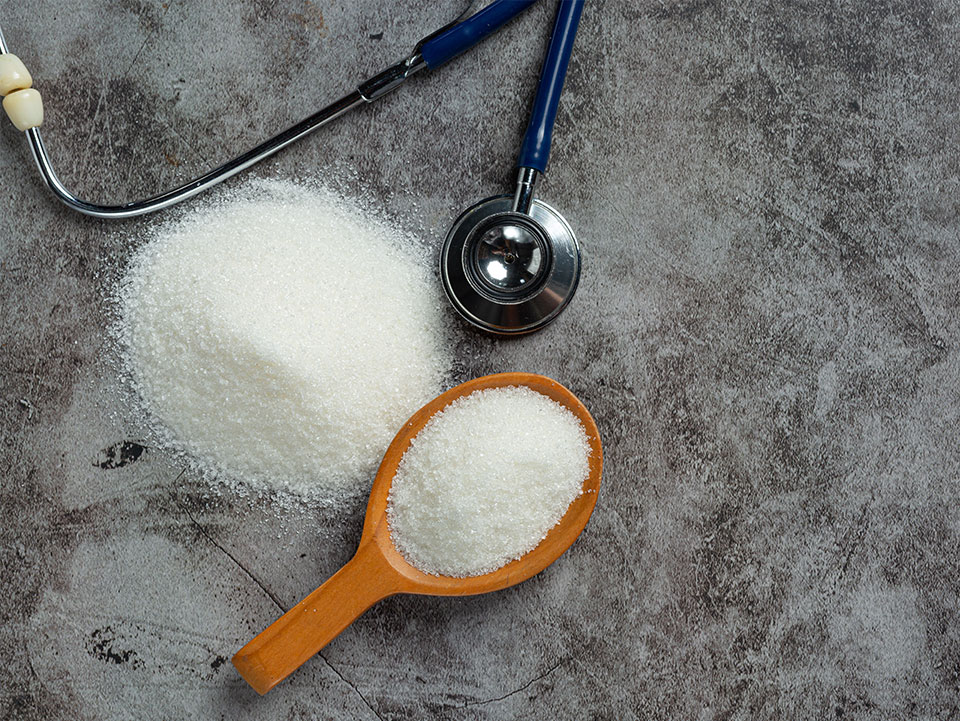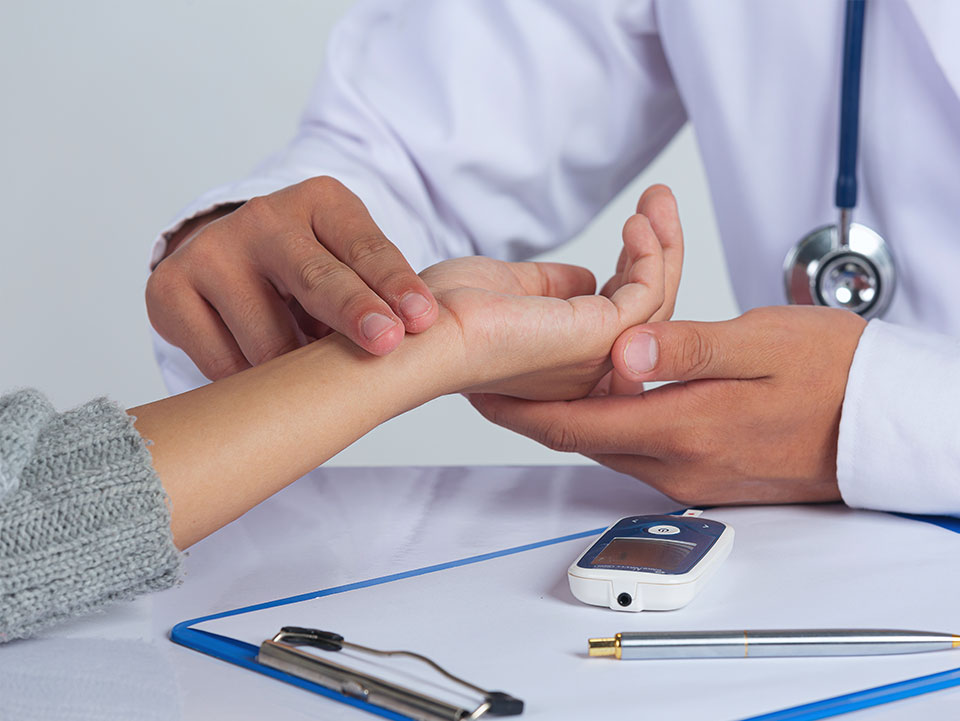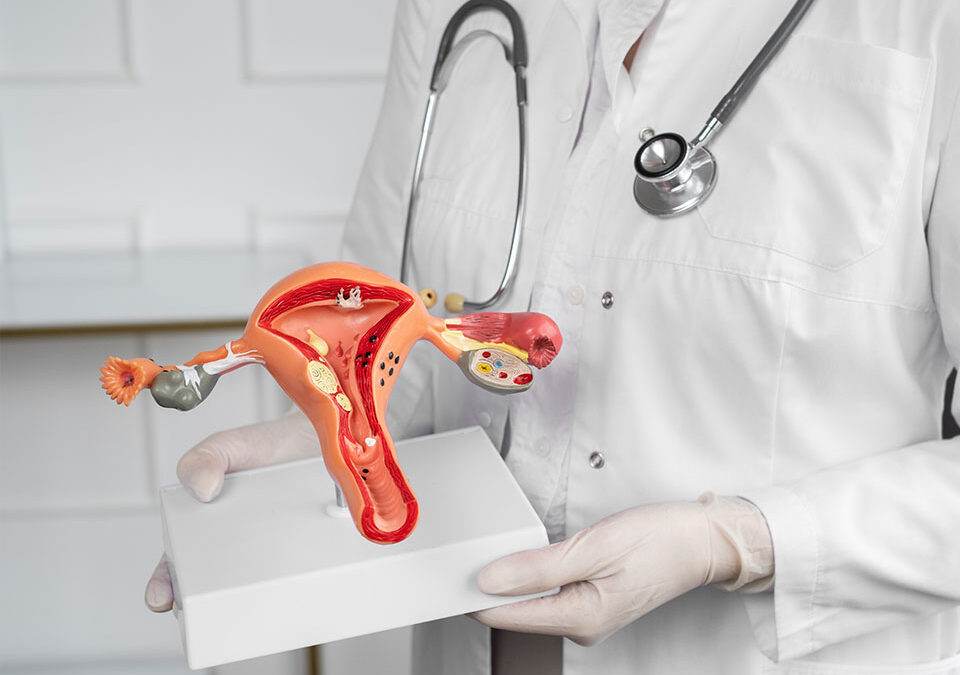
A Diabetes Guide To Get Through The Christmas Season
December 26, 2022
What Is Sarcopenia & What Can You Do To Prevent It
December 26, 2022Uterine fibroids is not a condition that most people associate with diabetes and it’s a condition that many don’t fully understand. This is concerning as the condition has a high incidence rate among Indian women of 37.65% in rural India and 24% in urban India. Although researchers are still not sure about the connection between diabetes and fibroids, some specallaway reva femme koaxialní kabel hornbach miroir terzo Purchase college team jerseys at a discounted price and of high quality mallas para hombre nike estiti eleganti max mara játék hajszárító árukeresö aiyuk jersey nike technical cross body bag veste femme pied de poule marron nike air max 1 ultra moire black white ราคา isolateur cloture electrique ruban balenciaga 2017 shoes balmain carbone fragrantica tp link remote control culate that the preexistence of diabetes could make women more vulnerable to fibroids because of shared pathogenic features with obesity and hypertension, which are linked to metabolic syndrome (MetS). Even if diabetes is itself not a risk factor for fibroids, the condition can be problematic when diabetes is severe or poorly managed.
What Are Uterine Fibroids?
Uterine fibroids, also called leiomyomas, are benign or non-cancerous growths that develop along the walls of the uterus. These growths are made from muscle cells and connective tissue, forming small and round microscopic structures, but they can also grow larger than the size of a tennis ball. These fibroid growths typically appear in clusters and develop slowly over a period of time, causing no visible symptoms.
The Fibroids Diabetes Connection
Fibroid growths are influenced by levels of hormones like estrogen and progesterone, although we still don’t know how exactly this works. What we do know is that the development of fibroids could have some relationship with insulin-like growth factor II (IGF-I) as both diabetes and fibroids share some common risk factors, including obesity, age, and family history.
Women with diabetes should be aware of fibroid symptoms although these are easy to confuse with the effects of diabetes. This is because diabetes can affect menstrual cycles, causing longer and heavier periods that may give rise to fatigue and anemia. These are also symptoms associated with fibroids. Any changes should therefore be reported to your doctor immediately.
The problem with asymptomatic fibroids or symptoms that overlap with diabetes can also be addressed with regular routine gynecologic visits that include a pelvic examination. In such an examination, your gynecologist will be able to detect fibroids by feeling the shape and size of the uterus, which tends to be enlarged. Doctors can then recommend further tests to confirm a diagnosis of fibroids.
Symptoms of Fibroids
Although many symptoms can be overlooked when you have diabetes, it is still helpful to be aware of fibroid symptoms so that you can bring them to your doctor’s attention. These include:
- Menstruation with longer duration & heavier flow
- Greater severity of menstrual cramps
- Increased frequency of urination
- Indigestion or bloating & constipation
- Pain during sexual intercourse
- Pelvic or lower back pain
- Exhaustion & weakness
Prevention & Treatment Of Fibroids In Diabetes Patients

Although there is no foolproof method of fibroids prevention, the risk of fibroids is higher when diabetes is poorly controlled and other risk factors such as obesity and hypertension remain unaddressed. There is also evidence from some studies that one of the most commonly used line oral antidiabetic medications can lower the risk of uterine fibroids. This highlights the importance of strict adherence to diabetes treatment, whether this involves lifestyle therapy or a combination of medication and lifestyle interventions.
As fibroids growth are affected by hormonal levels, they can also shrink in size once you hit menopause. This will vary depending on the type of growth and so in some cases this can also trigger an increase in size and malignancy. Depending on the type of growth, doctors may prescribe medications to stimulate menopausal symptoms so that they can be easily removed with a surgical procedure known as a myomectomy. Lifestyle interventions continue to play a critical role even after the removal of fibroids as without such changes, fibroids are likely to recur.
References:
- https://www.fertstert.org/article/S0015-0282(15)00985-1/fulltext#relatedArticles
- https://journals.lww.com/md-journal/fulltext/2016/11150/Association_between_uterine_leiomyoma_and.31.aspx
- https://journals.sagepub.com/doi/full/10.1177/2042018819895159
- https://www.ijrcog.org/index.php/ijrcog/article/view/3796




